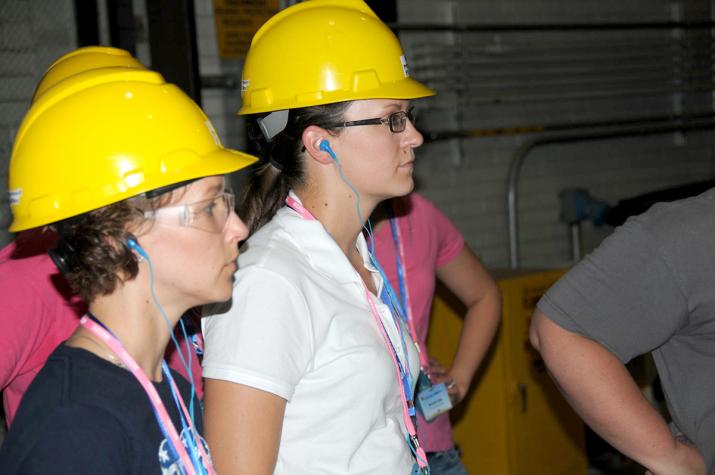Columbia, Mo. – Sara Johnson, a biology teacher at Montgomery County High School, has some new lessons about energy for her students this fall.
Johnson was one of two dozen teachers that attended “Energy in Today’s Classroom” at the University of Missouri. This two-day workshop educated teachers about energy, energy production and incorporating renewable energy production. The university and the Central Electric Power Cooperative jointly developed the curriculum to give teachers a better understanding of energy so they can in turn educate their students.
“I think in order to be a good teacher you have to be a good learner, and this has been one of the best workshops I’ve been to,” Johnson says.
MU faculty and cooperative employees presented a wide range of topics, including types of energy sources and how economics affect energy. The teachers received lesson plans on all the presentations and a toolkit of energy experiments, equipment and resources that can be used in the classroom.
“It’s real important that we educate our kids and the general public about energy,” says MU Extension Energy Specialist Don Day. He says students need to know about how energy is generated and learn conservation practices. Educating teachers is the first step toward that goal.
Samantha Foster, an agriculture teacher at Wellsville-Middletown High School, says she is excited about applying what she learned in her classes. She says the toolkit will be fantastic for teaching her students about energy.
Teachers also ventured out of the classroom, touring the university’s power plant to observe how energy is generated and how the plant uses biomass with coal.
This is the second year “Energy in the Classroom” has been offered, and Day says with the positive feedback and interest in the program they will try to expand the program statewide next year.
Johnson says she plans to work with other science teachers at her school and switch classes for a day to present energy lessons to all science classes.
“Now I feel I have a better understanding of how things work so I can explain it to my students,” Johnson says. “They’re also sending us home with hands-on tools, ideas and experiments that we can do with our students to help them better understand it as well.”
